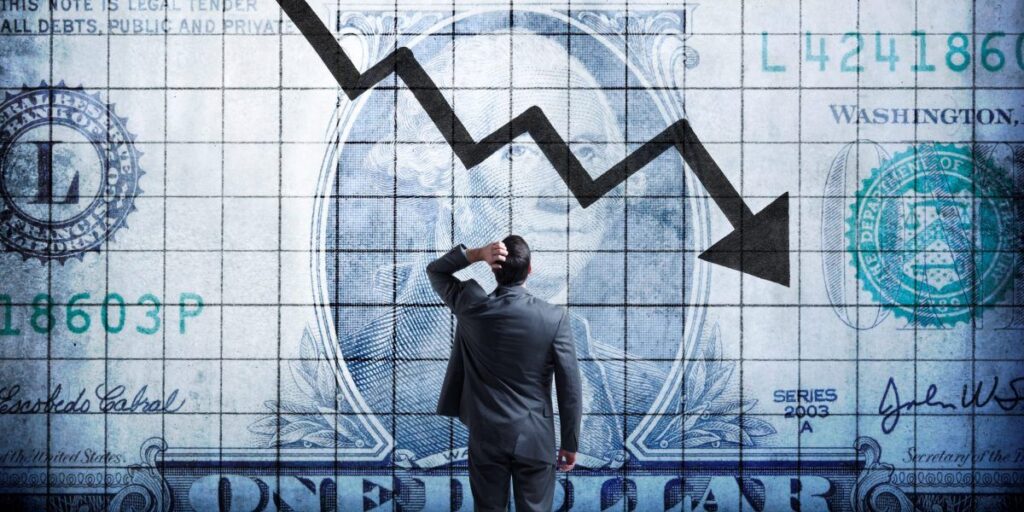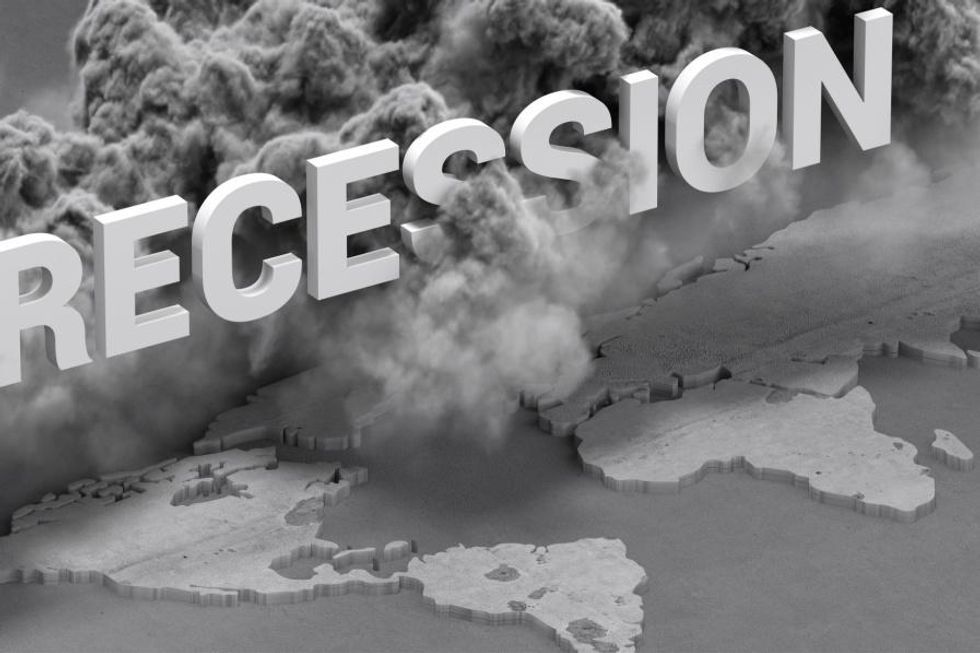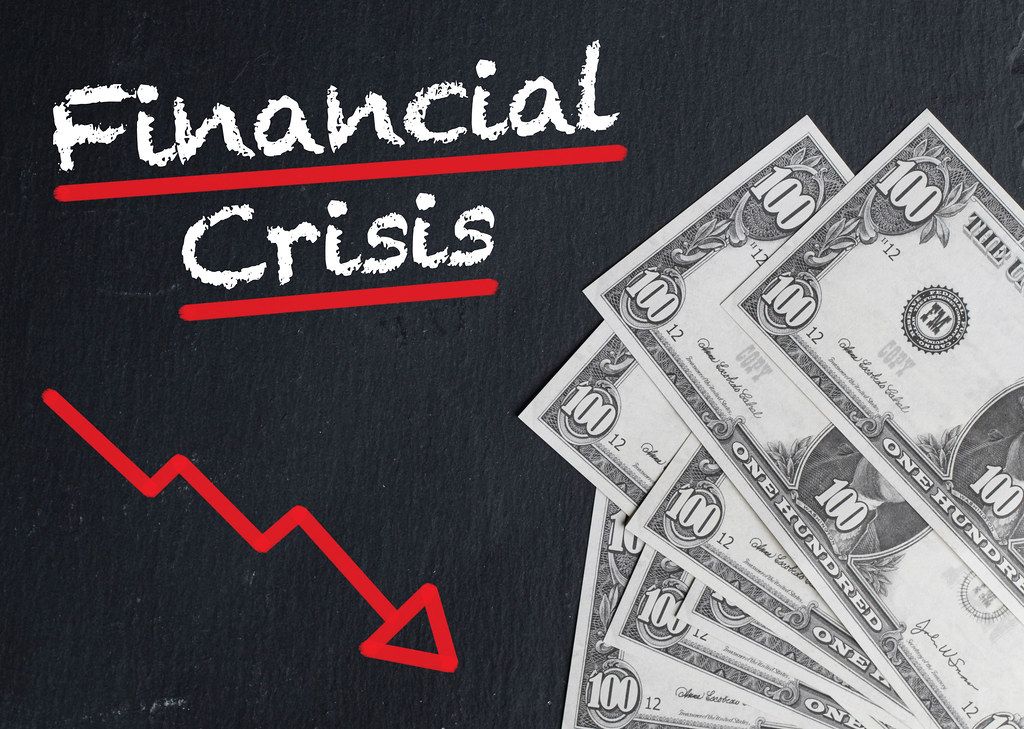What you need to know about recessions: causes, indicators, impacts, and responses
Economic cycles have their ups and downs, and recessions are an inevitable part of this cycle. But what exactly is a recession, and how does it impact our daily lives? Understanding recessions can help us better prepare for economic downturns and make informed financial decisions. In this guide, we will explore the intricacies of recessions, their causes, indicators, impacts, historical context, government responses, and potential future outlooks.

Explanation of a recession
A recession is essentially a period of economic decline, characterized by falling GDP, reduced consumer spending, and increased unemployment. While recessions can be daunting, they are also opportunities for economies to correct imbalances and come back stronger. Let’s delve into what constitutes a recession.

What is a recession?
Definition: basic explanation of what a recession is
At its core, a recession is a significant decline in economic activity across the economy that lasts for an extended period, typically visible in GDP, income, employment, industrial production, and wholesale-retail sales. In simpler terms, it’s a period when the economy stops growing and starts shrinking.
Defining recession: different definitions and how they apply globally
Different organizations and economists have varying definitions of a recession. The most commonly accepted definition comes from the National Bureau of Economic Research (NBER), which defines a recession as a significant decline in economic activity spread across the economy, lasting more than a few months. Globally, other criteria might be used, but the underlying concept remains the same: a period of economic contraction.
What Predicts a Recession?
Predicting a recession involves analyzing various economic indicators, though none are foolproof. One key signal that has preceded each U.S. recession since 1955 is an inverted yield curve. However, not every instance of an inverted yield curve is followed by a recession.
In a typical economic environment, the yield curve is upward-sloping, with short-term yields lower than long-term yields due to the greater risks associated with longer-term investments.
For example, a 10-year bond generally yields more than a 2-year bond, as investors demand compensation for the risk of future inflation or rising interest rates, which could erode the bond’s value before maturity.
When the yield curve inverts—meaning yields on longer-term bonds fall below those of shorter-term bonds—it suggests traders expect economic challenges ahead, potentially leading to interest rate cuts. This inversion often signals a coming recession, as higher near-term rates can strain the economy.
Investors also monitor other leading indicators for recession signals, such as the ISM Purchasing Managers Index, the Conference Board Leading Economic Index, and the OECD Composite Leading Indicator.
By examining these and other metrics, investors and economists can gain insight into potential economic downturns and make informed decisions amidst signs of recession.
Causes of a recession
Factors that lead to a recession, such as economic shocks and financial imbalances
Several factors can trigger a recession, including:
- Economic shocks: sudden events that disrupt economic activity, such as the oil crisis in the 1970s or the covid-19 pandemic.
- Fnancial imbalances: when there is excessive borrowing and lending, leading to a bubble that eventually bursts, like the housing bubble in 2008.
- High inflation: when prices rise too quickly, reducing purchasing power and slowing down consumer spending.
- High interest rates: when borrowing becomes too expensive, it can slow down investment and spending.
- Declining consumer confidence: when consumers lose confidence in the economy, they reduce spending, which can lead to a downturn.

Indicators of a recession
Key economic indicators that signal a recession
Economists use several indicators to identify a recession:
- Gross Domestic Product (GDP): A consistent decline in GDP over two consecutive quarters is a classic indicator of a recession.
- Unemployment Rate: Rising unemployment is a strong signal that the economy is slowing down.
- Industrial Production: Declining industrial output indicates reduced economic activity.
- Consumer Spending: A significant drop in consumer spending can signal a recession.
- Business Investment: Reduced investment by businesses is another key indicator.
Signs of an impending recession
- Stock Market Declines: Persistent drops in the stock market often precede a recession.
- Inverted Yield Curve: When long-term interest rates fall below short-term rates, it often signals an upcoming recession.
- Rising Corporate Debt: High levels of corporate debt can lead to financial instability and potentially trigger a recession.
Impact of a recession
Effects on consumers, businesses, and economies
A recession can have widespread effects:
- Consumers: Reduced income, increased unemployment, and lower consumer confidence lead to decreased spending.
- Businesses: Lower demand results in reduced sales, leading to cost-cutting measures, layoffs, and sometimes bankruptcies.
- Economies: Overall economic growth slows down, government revenues decrease, and public services may suffer.
How Recessions Affect Different Sectors and Populations
Sectors
Some sectors, like luxury goods and services, are hit harder as consumers cut back on non-essential spending. Conversely, sectors like discount retailers may perform better as consumers seek cheaper alternatives.
Populations
Vulnerable populations, such as low-income households, are disproportionately affected due to higher unemployment rates and reduced social safety nets.
Historical context and examples
Historical examples of recessions and their impacts
- The Great Depression (1929): The most severe recession in modern history, marked by a 25% unemployment rate in the US and a significant drop in GDP.
- The 2008 Financial Crisis: Triggered by the collapse of the housing bubble, leading to widespread bank failures and a global economic downturn.
Notable past recessions and lessons learned
- 1990-1991 Recession: Caused by high oil prices and the Gulf War, leading to significant job losses and economic restructuring.
- 2001 Recession: Triggered by the dot-com bubble burst, showing the risks of speculative investments.
Case studies: specific examples of countries experiencing recession
- Japan (1990s): Known as the “Lost Decade,” Japan experienced a prolonged recession due to a bursting asset price bubble.
- Greece (2010s): Severe recession due to debt crisis and austerity measures, highlighting the dangers of excessive national debt.
Government response
Measures taken to counteract recessions
- Monetary Policy: Central banks often lower interest rates to encourage borrowing and investment.
- Fiscal Policy: Governments may increase public spending and cut taxes to stimulate economic activity.
- Bailouts: Financial support for struggling industries or businesses to prevent collapse and maintain economic stability.
End of a recession
How recessions conclude and recovery begins
Recessions typically end when economic activity starts to pick up, marked by:
- Rising GDP: A consistent increase in GDP signals the end of a recession.
- Lower Unemployment: Job creation picks up as businesses regain confidence.
- Improved Consumer Confidence: Consumers start spending again, driving economic growth.
Future outlook
Predictions and potential future economic conditions
Predicting the future is always challenging, but economists often look at current trends and indicators:
- Technological Advancements: Innovations could drive new economic growth sectors.
- Global Trade: Trade policies and international relations will significantly impact future economic conditions.
- Sustainability: Focus on green technologies and sustainable practices may create new economic opportunities.
Understanding the Difference Between a Recession and a Depression
Both “recession” and “depression” describe economic downturns, yet they differ significantly in scale, impact, and duration.
A recession typically represents a temporary period of economic decline marked by reduced output, decreased consumer spending, and rising unemployment. While severe, recessions are generally shorter-lived, lasting from a few months to a few years.
On the other hand, a depression is a prolonged, much more severe form of economic downturn, often involving persistent decreases in economic output and employment that can span several years.
Unlike a recession, which may be localized, a depression frequently has widespread global impacts, leading to long-lasting adverse economic outcomes across multiple countries. For this reason, some definitions describe depression as a deep, severe recession that spreads through one or more economies, triggering systemic challenges that require more extensive recovery measures.
Recognizing these differences helps in understanding how economic events labeled as either a recession or a depression impact both individual economies and the global market.
How Does a Recession Affect Me?
During a recession, you may face job loss as unemployment rises and hiring slows down. Not only does job security decrease, but finding a new position becomes tougher as competition for available roles increases. Those who manage to keep their jobs may experience pay cuts, reduced benefits, and fewer opportunities for raises or promotions.
Financially, a recession can impact your investments across stocks, bonds, real estate, and other assets, often leading to a drop in portfolio value and setting back retirement savings. If job loss or reduced income limits your ability to pay bills, the risk of losing your home or other property becomes real.
For business owners, recessions typically mean reduced sales, and some may even face bankruptcy. Although governments often introduce measures to support businesses—such as the Paycheck Protection Program (PPP) during the coronavirus crisis—these initiatives may not fully counterbalance the effects of a severe downturn.
Even if you’ve prepared financially, a recession can be a challenging and stressful period. The silver lining is that recessions are temporary; they eventually pass, as shown by historical events like the Great Depression, which was followed by one of the strongest periods of economic growth in U.S. history.
FAQs
What is a recession?
A recession is a period of significant economic decline marked by falling GDP, reduced consumer spending, and increased unemployment. It signifies a shrinking economy over an extended period.
What causes a recession?
Recessions can be triggered by various factors such as economic shocks (e.g., oil crises, pandemics), financial imbalances (e.g., excessive borrowing), high inflation, high interest rates, and declining consumer confidence.
How can we identify a recession?
Economists look at indicators like declining GDP over two consecutive quarters, rising unemployment rates, reduced industrial production, lower consumer spending, and decreased business investment to identify a recession.
What are the impacts of a recession?
Recessions lead to reduced income, increased unemployment, and decreased consumer confidence, affecting both consumers and businesses. Vulnerable populations and certain economic sectors may suffer more during these periods.
How do governments respond to recessions?
Governments typically counteract recessions through monetary policy (lowering interest rates), fiscal policy (increasing public spending and cutting taxes), and providing bailouts to struggling industries to maintain economic stability.


